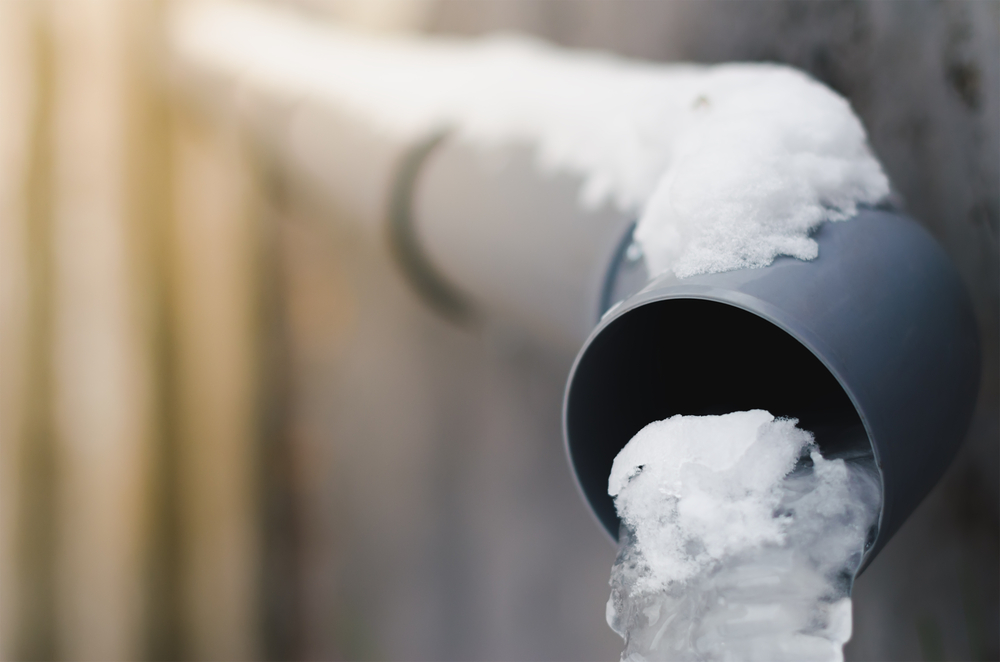Crucial Advice to Avoid Frozen Pipes in Cold Weather: Specialist Guidance
Crucial Advice to Avoid Frozen Pipes in Cold Weather: Specialist Guidance
Blog Article
What're your opinions about Helpful Tips to Prevent Frozen Pipes this Winter?

Cold weather can ruin your pipes, particularly by freezing pipes. Here's just how to prevent it from taking place and what to do if it does.
Introduction
As temperature levels decrease, the threat of frozen pipelines increases, potentially causing costly repair services and water damages. Understanding exactly how to stop frozen pipes is critical for property owners in cool climates.
Comprehending Icy Pipelines
What creates pipelines to freeze?
Pipes freeze when subjected to temperatures below 32 ° F (0 ° C) for extended periods. As water inside the pipes freezes, it broadens, putting pressure on the pipe walls and potentially triggering them to break.
Threats and problems
Frozen pipes can result in supply of water disruptions, home damage, and expensive fixings. Burst pipelines can flooding homes and cause extensive architectural damage.
Signs of Frozen Piping
Determining frozen pipelines early can stop them from bursting.
Just how to identify icy pipelines
Look for decreased water flow from taps, unusual odors or sounds from pipelines, and noticeable frost on exposed pipes.
Prevention Tips
Shielding susceptible pipelines
Wrap pipes in insulation sleeves or utilize heat tape to protect them from freezing temperature levels. Concentrate on pipes in unheated or external locations of the home.
Home heating methods
Maintain interior rooms adequately warmed, particularly locations with plumbing. Open cabinet doors to permit warm air to distribute around pipes under sinks.
Shielding Outside Pipes
Yard pipes and exterior taps
Detach and drain garden tubes before winter months. Set up frost-proof faucets or cover outdoor taps with protected caps.
What to Do If Your Pipes Freeze
Immediate activities to take
If you suspect frozen pipelines, maintain faucets available to relieve pressure as the ice melts. Make use of a hairdryer or towels taken in warm water to thaw pipelines slowly.
Long-Term Solutions
Architectural changes
Think about rerouting pipelines away from exterior wall surfaces or unheated locations. Include added insulation to attic rooms, cellars, and crawl spaces.
Updating insulation
Invest in premium insulation for pipelines, attics, and walls. Proper insulation helps maintain consistent temperature levels and lowers the threat of icy pipelines.
Verdict
Protecting against icy pipes calls for aggressive measures and quick responses. By understanding the reasons, indications, and safety nets, homeowners can shield their plumbing throughout cold weather.
5 Ways to Prevent Frozen Pipes
Drain Outdoor Faucets and Disconnect Hoses
First, close the shut-off valve that controls the flow of water in the pipe to your outdoor faucet. Then, head outside to disconnect and drain your hose and open the outdoor faucet to allow the water to completely drain out of the line. Turn off the faucet when done. Finally, head back to the shut-off valve and drain the remaining water inside the pipe into a bucket or container. Additionally, if you have a home irrigation system, you should consider hiring an expert to clear the system of water each year.
Insulate Pipes
One of the best and most cost-effective methods for preventing frozen water pipes is to wrap your pipes with insulation. This is especially important for areas in your home that aren’t exposed to heat, such as an attic. We suggest using foam sleeves, which can typically be found at your local hardware store.
Keep Heat Running at 65
Your pipes are located inside your walls, and the temperature there is much colder than the rest of the house. To prevent your pipes from freezing, The Insurance Information Institute suggests that you keep your home heated to at least 65 degrees, even when traveling. You may want to invest in smart devices that can keep an eye on the temperature in your home while you’re away.
Leave Water Dripping
Moving water — even a small trickle — can prevent ice from forming inside your pipes. When freezing temps are imminent, start a drip of water from all faucets that serve exposed pipes. Leaving a few faucets running will also help relieve pressure inside the pipes and help prevent a rupture if the water inside freezes.
Open Cupboard Doors
Warm your kitchen and bathroom pipes by opening cupboards and vanities. You should also leave your interior doors ajar to help warm air circulate evenly throughout your home.

I hope you enjoyed our part about Prevent Frozen Pipes . Thank you for taking time to read our posting. If you enjoyed our page plz consider to pass it around. Thanks a bunch for your time. Come back soon.
Click Here To Read More Report this page